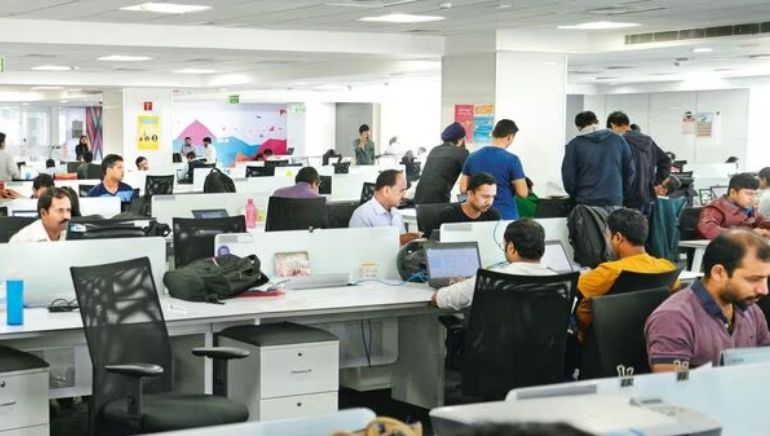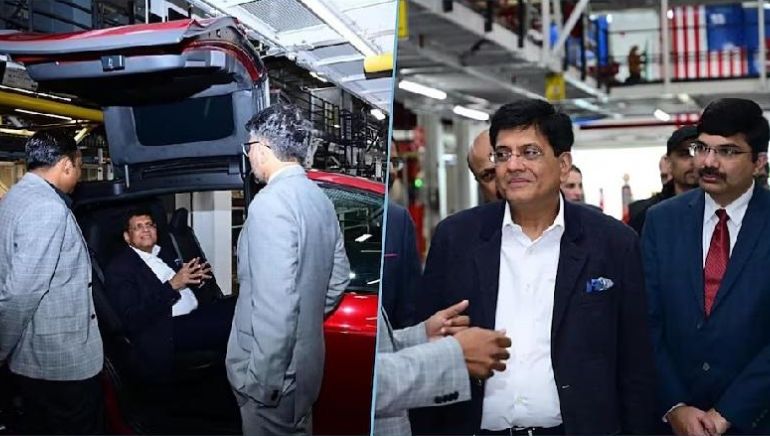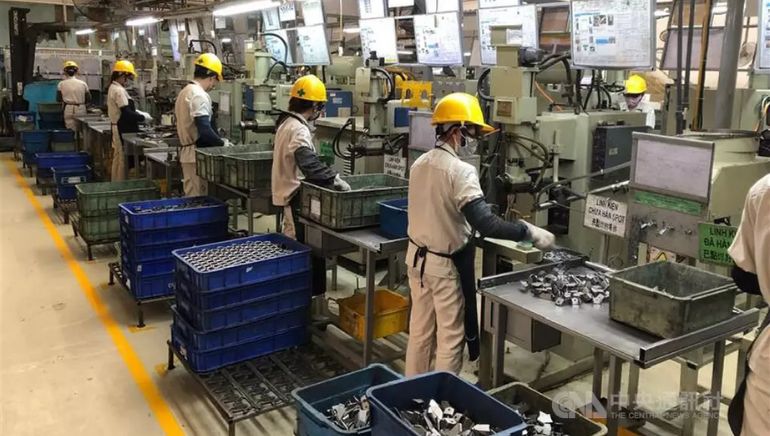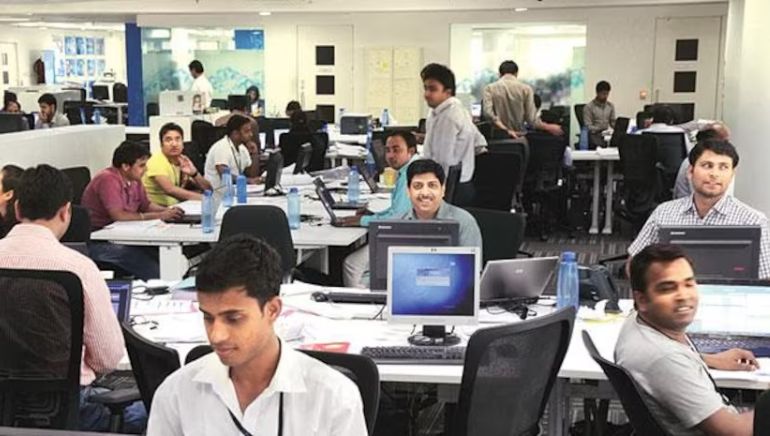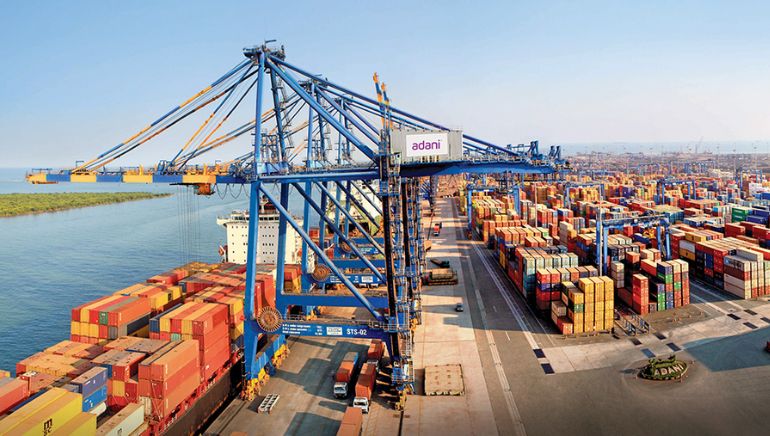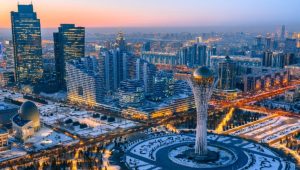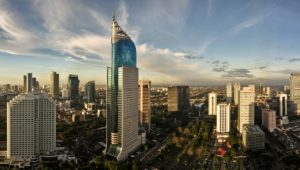Recent findings from SBI Research reveal a significant drop in India’s unemployment rate, reaching a record low. The Periodic Labour Force Survey report indicates a notable decrease from 6.1% in the fiscal year 2018 to 3.2% in 2023. SBI Research’s analysis further notes a rise in self-employment, climbing from 13.6% to 18.3% during the same period.
The shift is accompanied by an increasing trend in higher educational attainment and a growing preference for entrepreneurship across diverse segments of society. The report underscores a societal shift in India, transitioning from traditional employment models to more dynamic and self-sustaining business approaches.
Notably, the labour force participation rate has experienced a boost, particularly among women. The female labour force participation rate has surged from 17.5% to 27.8% between 2018 and 2023, with the most significant increase observed in the 15-29 years’ age bracket. SBI Research attributes this rise in female participation to financial inclusion initiatives such as the Pradhan Mantri MUDRA Yojana, which has substantially increased disbursement amounts and deposit figures for women.
However, the report also suggests that the distribution of unemployment rates across various educational levels and states paints a complex picture.





